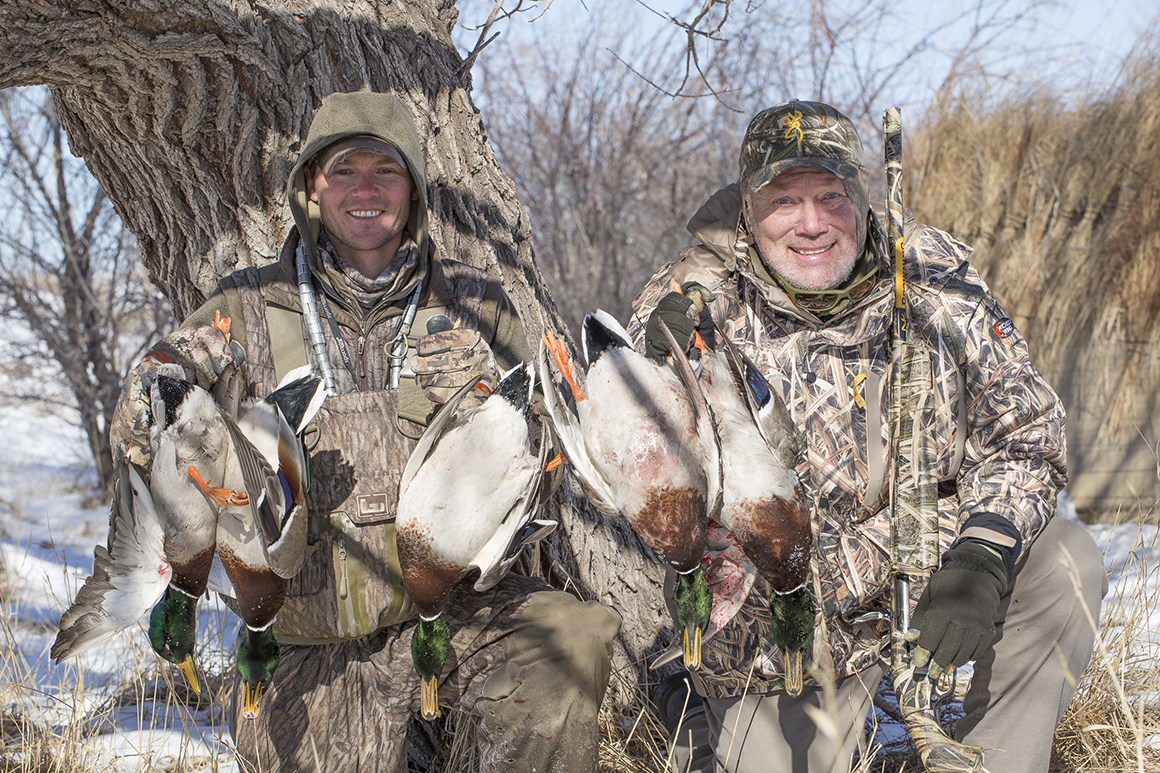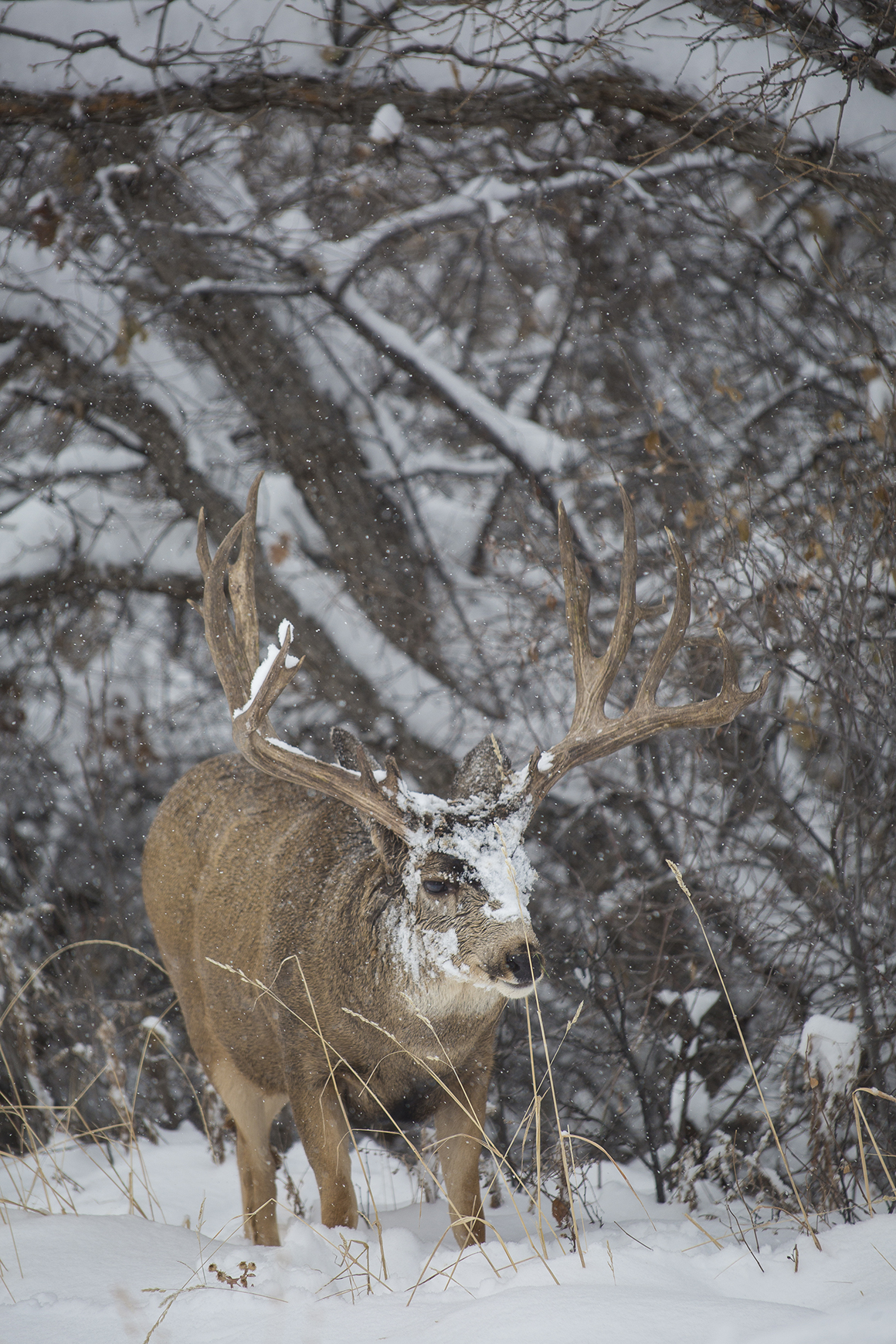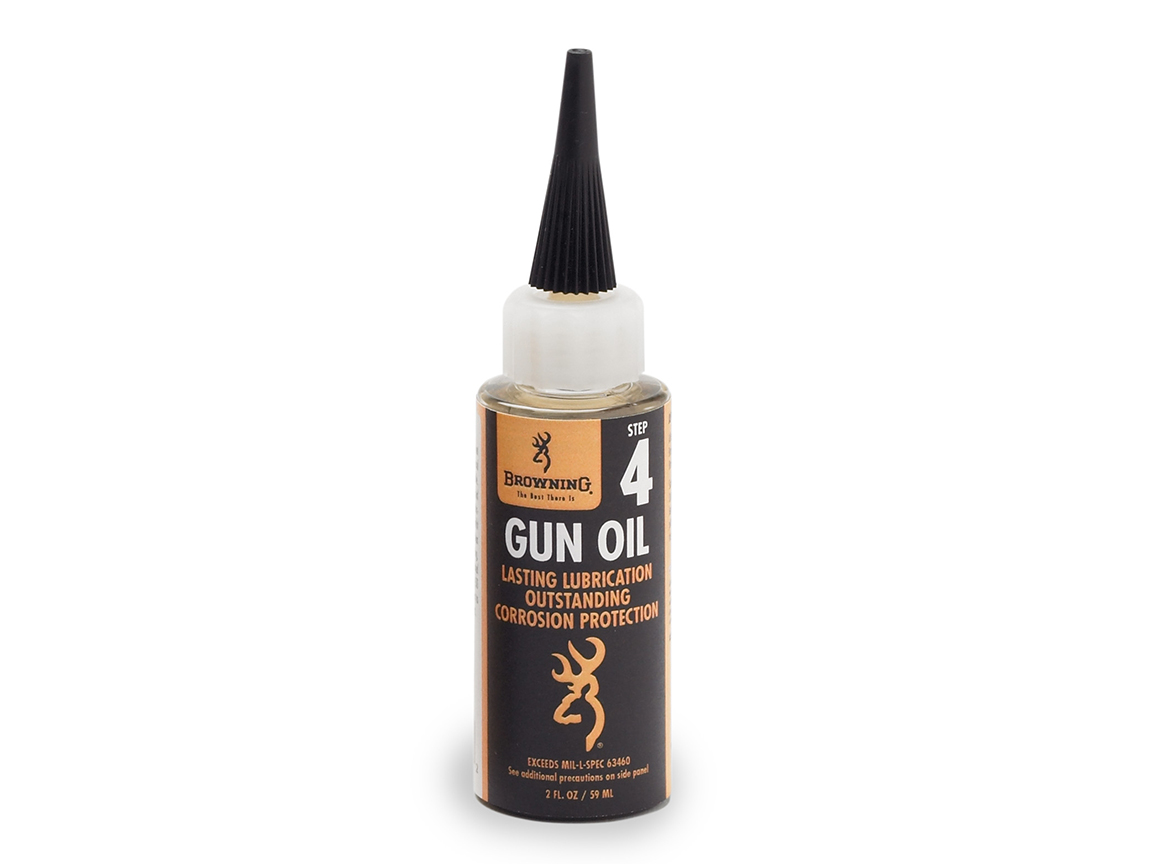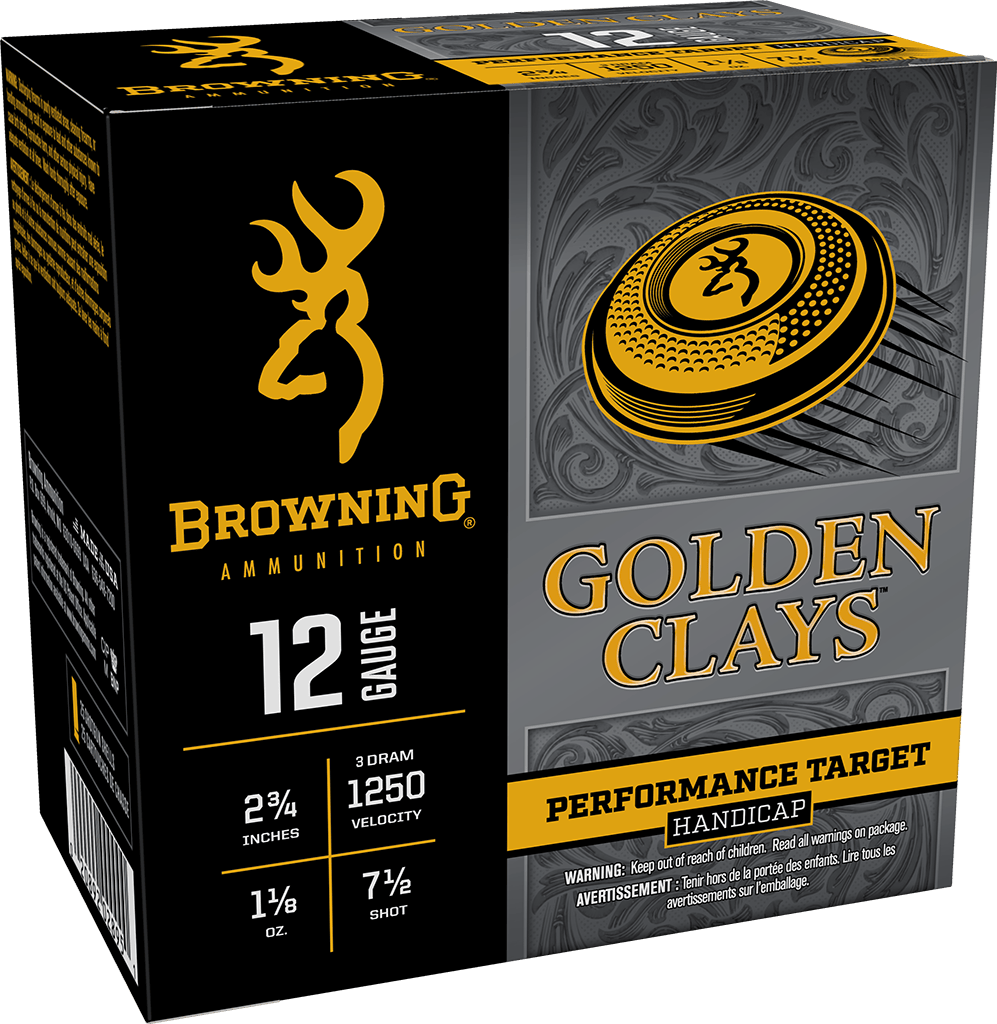Winter is Coming – is Your Gun Ready!
Just as there are sunshine patriots and summer soldiers, there are fair-weather hunters; but game is not always killed under blue skies. We can find ourselves in late fall, sitting on stand in Saskatchewan, hunting whitetail bucks that can be the size of small horses, with the mercury in the thermometer dropping to levels approximating the average surface temperature on Mars. Are we confident that our rifle and cartridges will be ready? Or when that book deer steps out from the timber, are we going to pull the trigger and hear the absolutely loudest sound in nature–nothing, as in those bad dreams we all have? Or maybe we’re hunting king eider in the Aleutians, or even puddle ducks in North Dakota, and the temperature is below zero. If we are going to go to the trouble of risking frostbite to hunt, we ought to have taken care that we can rely on our firearms and ammunition. And there are aspects of the preparation we may need to do that can seem, on their face, contradictory.


We are rightly urged to tend to our firearms with regular cleaning and lubricating. Without that, moving parts, such as trigger springs or action pistons will suffer premature wear. But just as you can overwater a plant, you can certainly over-lubricate firearms. Most of the time, the worst that can happen is that our firearms end up feeling like a piece of toast dripping butter. But now add extreme cold.

Liquid gun lubricants, like any kind of grease or oil, will become more viscous as temperature’s drops. That’s why we use different-weight motor oils in our cars, depending on the kind of weather conditions we may be facing. In fact, most popular firearms lubricants can start gumming up the works when exposed to temperatures no lower than 20℉. While there are specialized low-temperature lubricants on the market, the best solution, if you think you are going to be be out in genuine sub-zero conditions, is to strip and degrease firearm actions.
OK, here’s the usual disclaimer: Always make sure your firearm is completely unloaded before doing any work on it. Saying that, by scrupulously following the details in your firearm’s owner’s manual, you can do the job yourself, if you do not want to turn it over to a reliable gunsmith. First, find a good work area, well lighted and where you won’t have small parts jumping off the table and hiding under the refrigerator.
A thorough degreasing is the main object, using a good gun degreaser. Then comes reassembly; and to make sure you will not have to worry about any sticky firing pins or locked-up bolts, your best choice is no lubricant at all. For a short course of hunting, with only a few rounds fired, wear should not be excessive. But it is important, before you hang your firearm up after the hunt, that you strip and clean it again; and if you are not going right back out into a deep freeze, then apply a light coating of top-quality lubricant.
One of the by-products of cold-weather hunting, is the change in temperature from outdoors to indoors, that can create condensation. If you have had your firearm outside for any real length of time, it would be best somehow to keep the firearm at the same low temperature overnight. Carrying it back and forth between a warm hunting cabin and the frigid air could create a moisture build up on and in the firearm. An ideal situation would be to have a secure, unheated location to store your firearm, so it will not be subject to wide temperature swings. Condensation could also form inside your optics. Which is why you invest in good optics that are properly sealed and purged. Hydrophobic coatings on lenses can also help prevent fogging on the outsides.
In extremely cold weather you might consider taking a page from British deer stalkers. They will carry their rifles in soft scabbards and sleeves, slung on their shoulders in the field. Extreme cold is not so much a factor in British stalking as is wet weather, but a case can also help shield against the harsher effects of frigid temperatures. We usually prefer having our rifles hanging free; but a case can make sense, especially hiking to and from stands and shooting houses.
There’ll be more to come on cold and cartridges. Soon as I get my tongue unstuck from this frozen barrel.
Follow Browning Ammunition’s social media channels for more hunting and shooting tips and updates on Browning Ammunition supported events and promotions on Facebook, You Tube, Instagram and Twitter.



